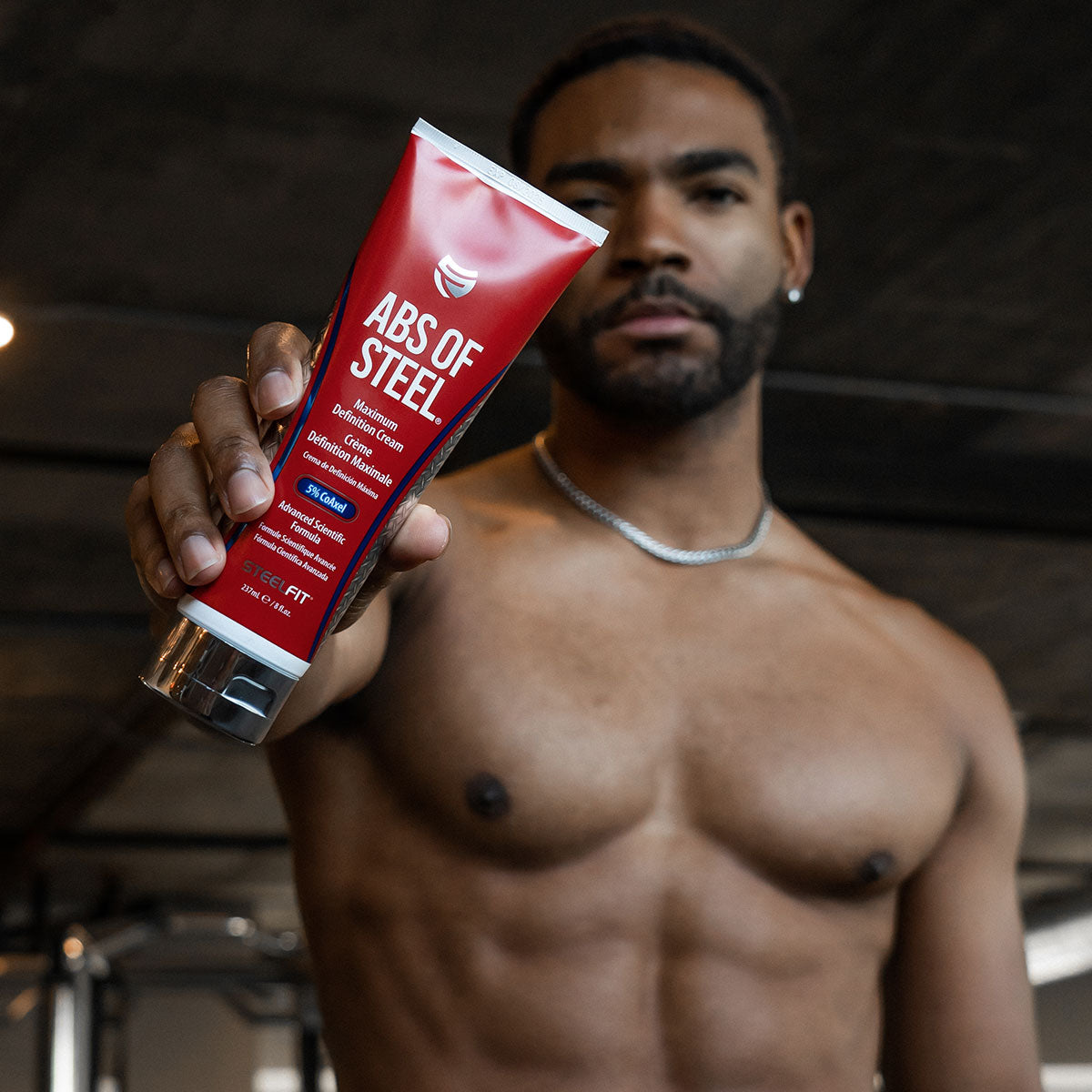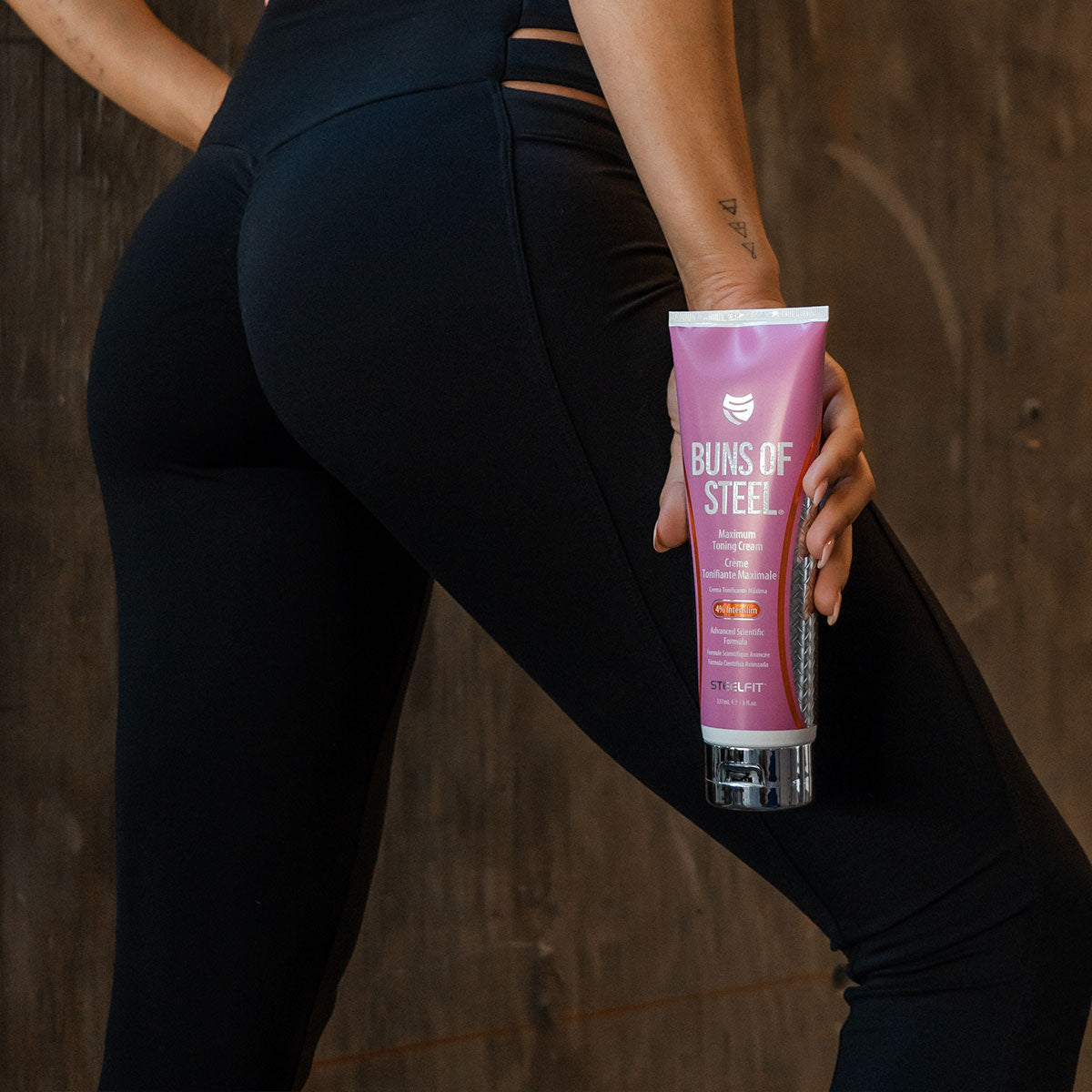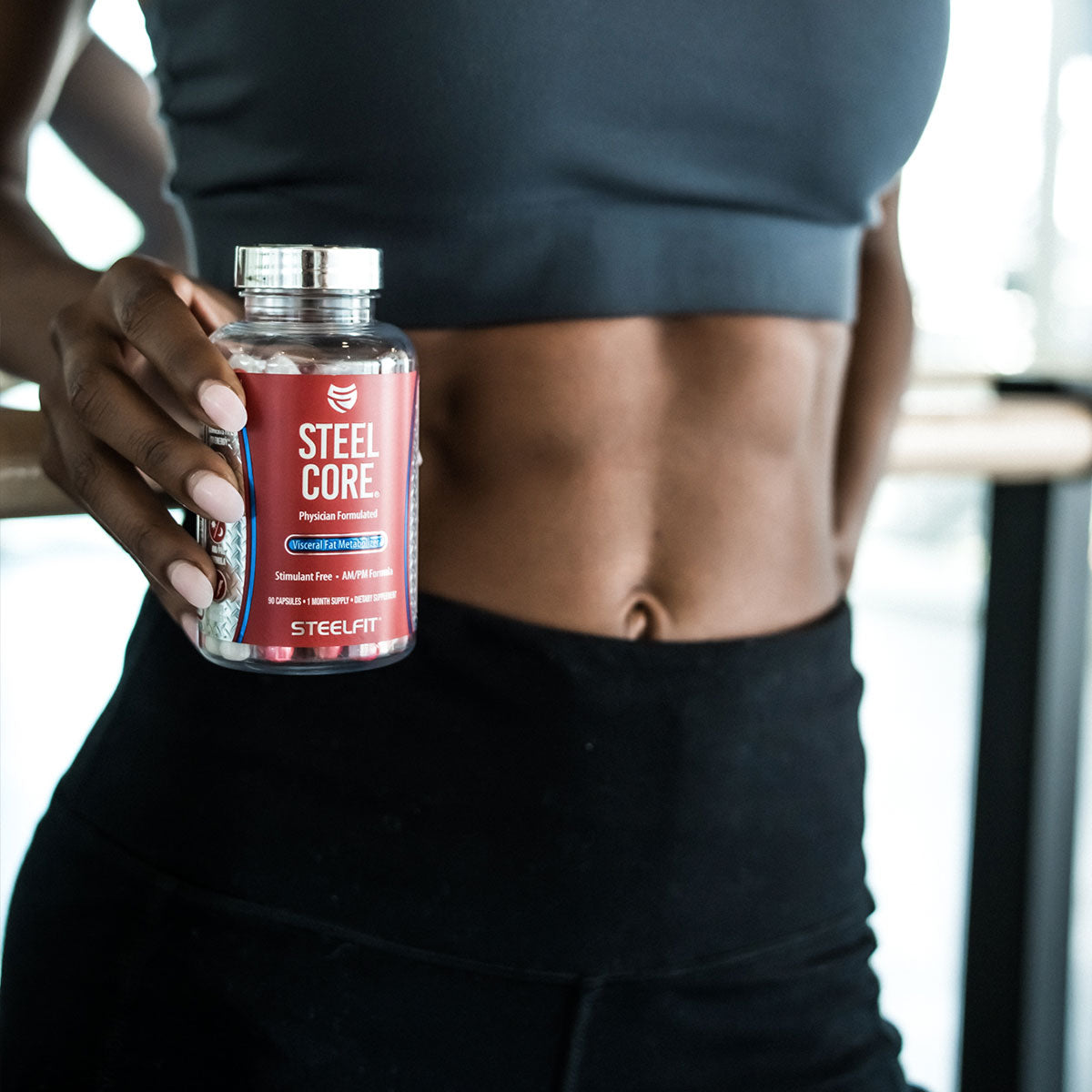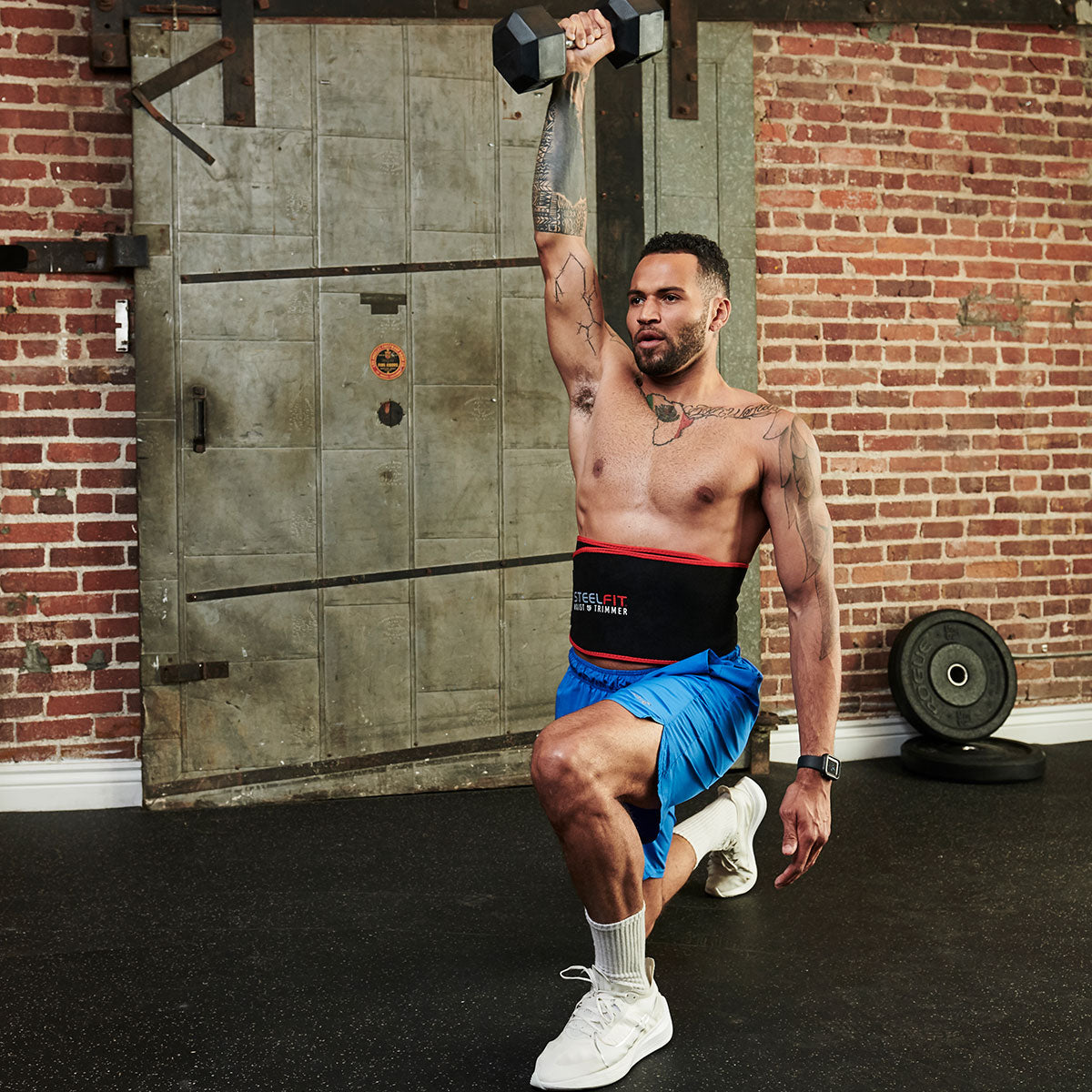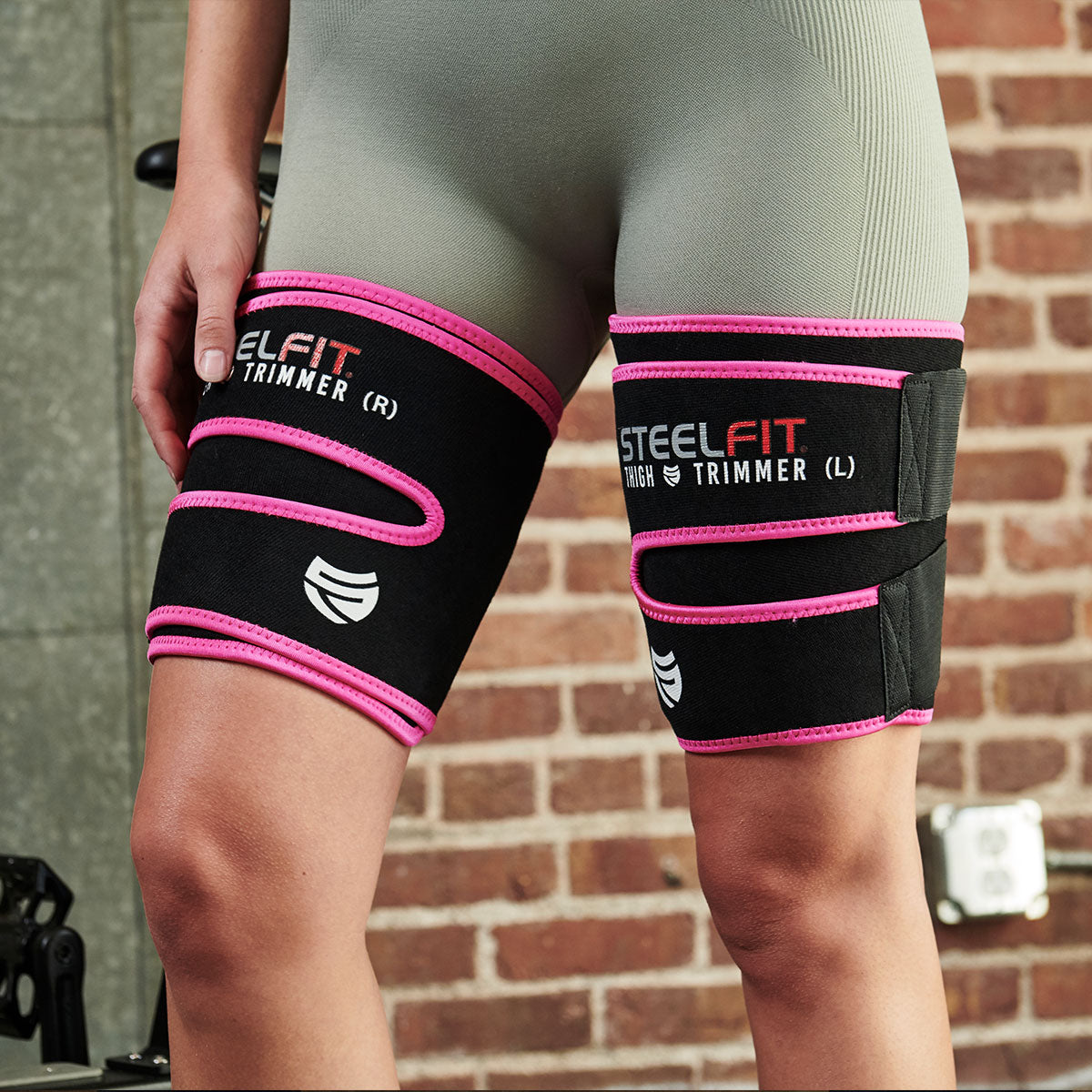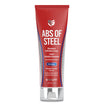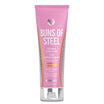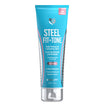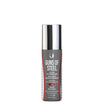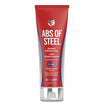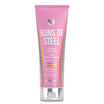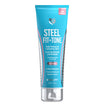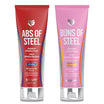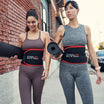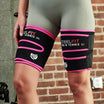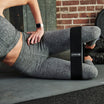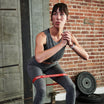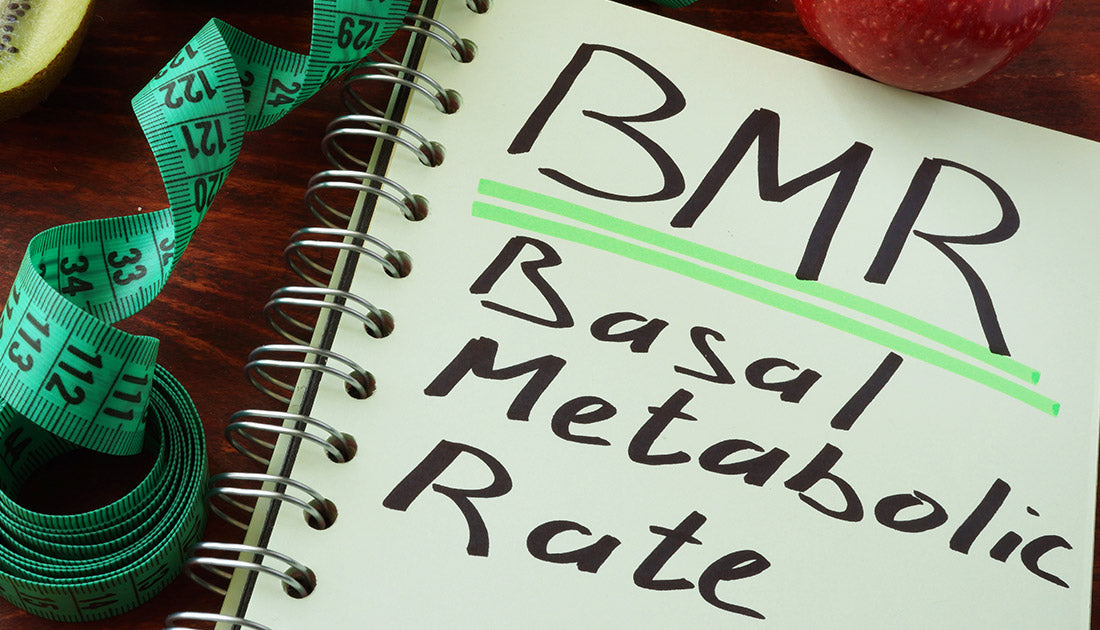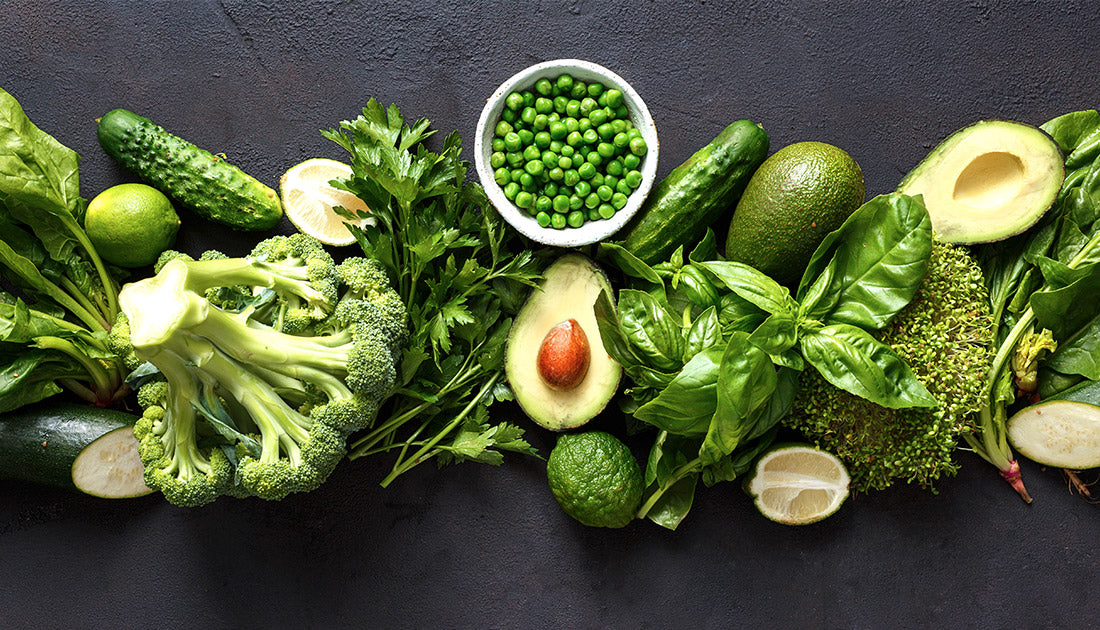Looking to create an effective workout plan and routine, but not sure where to start?
Jumpstart your workout routine with a step-by-step guide to creating your workout plan.
Identify Your Goal
Many individuals hit the gym with the simple goal of "working out." This is great for general health and wellness, but if you're looking to maximize strength, muscle building, or athletic performance, you're going to need to be a bit more precise with your training.
So, before you start designing a workout plan and routine, you first need to decide what your goal is.
Determine Weekly Schedule
Once your goal is set, you need to decide how many days per week you are willing and consistently able to train for your particular goal. This will also help you decide what type of training split to use.
For instance, if you can train four days per week, you can follow an upper/lower split. You could also follow a traditional “bro split” where you’re training chest and triceps together, back and biceps, legs, and then shoulders and traps.
Now, when it comes to training splits, many individuals get caught on the best split for "x." There is no perfect split. It all depends on your goals, your motivation to show up, and your preference.
Being able to consistently hit the gym with a high level of effort and push for progressive overload will have a far more significant impact on your ability to get results from your time spent in the gym than whether or not you have the most "perfectly" designed workout (note: there is no such thing as the "perfect" workout for all individuals.)
Assess Equipment Availability
Now that you've determined how many days you want to train each week, you next need to take an inventory of the equipment available with which to train. So many people find free cookie-cutter programs online and get excited to start them, thinking that's the missing "secret ingredient" from their training, only to find that when they hit the gym, they don't have all of the equipment necessary to perform the workout.
This scenario is becoming all-too-common in today’s climate as more and more people are training at home with either a limited weight selection or just resistance bands and bodyweight exercises.
If you’re limited on equipment, you’ll need to craft your workouts such that you’re able to challenge the areas of your fitness and physique that you’re looking to improve.
Pick Set and Rep Schemes
Now, we're starting to get to the real "meat and potatoes" aspect of workout programming -- choosing a set and rep schemes that you'll include in your workout plan.
This will largely depend on your specific goals (which hopefully you've already established by now).
Suppose you're primarily interested in building strength (e.g., you want to be a powerlifter). In that case, the majority of your workouts should focus on low rep sets with “heavy” weight (“heavy” in this case is referring to how close to your 1-rep max you’re lifting on a given exercise).
If you're interested in general fitness (i.e., building muscle, losing fat, and improving body composition), you've got more flexibility in your set and rep schemes, as research shows that you can build muscle across a wide variety of rep ranges (5-30 reps per set), provided you take those sets close to muscular failure.
Also, keep in mind that if you're looking to improve overall fitness and build muscle, it's wise to include a variety of rep ranges so that you can train both types of muscle fibers (fast-twitch and slow-twitch) as well as address the various mechanisms that drive muscle growth (mechanical tension, metabolic stress, and muscle damage). You also need to consider that specific exercises lend themselves better to a particular set and rep scheme.
For instance, you don't want to be doing 15-20 reps of heavy barbell deadlifts. That exercise is better suited to heavier weights and lower reps, while leg press or walking lunges can be made for higher reps without risking lower back strain or injury.
Choose the Best Exercises for YOUR Body
You'll often hear that you "have" to do specific exercises to build muscle and get results, such as you "have to" squat and deadlift to build big legs. While the squatting and hip hinging patterns are essential for being functional as a human, there are multiple ways to work those movement patterns (and thus strengthen the lower body muscles) without having to do them with a barbell.
Furthermore, some people aren't built to perform traditional back squats, bench presses, or conventional deadlifts. Now, this isn't an excuse to avoid hard work. You still need to find exercises that challenge you through a complete range of motion and can be progressively overloaded. Just because you're not back squatting or bench pressing with a barbell doesn't mean you won't be working your tail off in the gym.
You need to pick exercises that address the major movement planes of the body:
- Vertical Pushing
- Vertical Pulling
- Horizontal Pushing
- Horizontal Pulling
- Squatting/Lunging (a lunge is a dynamic squat using one leg at a time)
- Hip Hinging
So long as you choose movements that address each of these areas, you’re set.
Thus, a bare-bones (minimalist) type training program could be:
- Dips
- Chin-Ups
- Dumbbell Bench Press
- Inverted Rows (or Dumbbell Rows)
- Bulgarian Split Squats
- Romanian Deadlifts
In just six exercises, you’ve covered all the major muscle groups of the body and created a very efficient training routine.
"But what about biceps, triceps, and calves!" You say.
The biceps and triceps will be involved to some extent in all compound upper body pulling and pushing exercises, respectively. However, if you're looking to maximize the growth of these smaller muscle groups, you can include isolation movements.
This is where exercises like curls, skull crushers, calf raises, and lateral raises come into play. After you've taken care of your compound exercises (pushes, pulls, squats, lunges, etc.) and you have additional time available, you can sprinkle in some isolation work to bring up lagging muscle groups and/or increase overall training volume.
Setting Training Volume
This could be an entire article all to itself. Still, generally speaking, studies to date show that to optimize muscle growth (hypertrophy), you want to perform between 10-20 "hard" sets per muscle group per week. In this case, "hard" sets are those that take your muscles to within 1-3 reps of failure.
How you choose to break up that training volume is more or less dictated by the time available to train, personal preference (upper/lower split vs. bro split, for instance), and recovery.
Generally speaking, individuals who are newer to training don't need as much volume as more experienced individuals and those who train closer to failure.
So, begin on the lower end of the volume spectrum and assess how you progress if you're starting.
Fat Burning vs. Muscle Building Workouts
Here's a little secret the fitness world doesn't want you to know -- there is no such thing as a "fat-burning" workout. Sure, cardio workouts (both high intensity and low intensity) help burn calories, but resistance training workouts also burn calories. Heck, even sitting on the sofa and watching Netflix all day burns a small number of calories.
The real "trick" for losing fat is to focus on your diet, which is the ultimate driver of gaining or losing weight. In the presence of enough calories and dietary protein, your body will build muscle. Resistance training workouts exist to place tension on your muscles, which helps them adapt and grow stronger.
All of this is to say that you shouldn't be seeking out "fat-burning" workouts for the sole purpose of burning fat. Exercise (even high-intensity training protocols like interval training) burn a paltry amount of calories compared to the total number of calories you burn in an entire day.
So, if you're looking to lose fat, focus first on your diet, then on resistance training (as they help boost metabolism and preserve lean muscle mass, and then you can add in some cardio to further increase energy expenditure.
What About Supplements?
We all love supplements, and they can certainly help you in your quest for results. However, they will be much more effective if you've got your diet, training, and sleep on point.
Another way to look at this is that if you're aren't eating right and training hard; then supplements won't offer that much benefit.
That being said, if you’re on track with your diet and training, then you can certainly look into upping your supplement game.
We offer complete supplement solutions, whether your goal is to build muscle, lose fat, or improve overall health and wellness.
